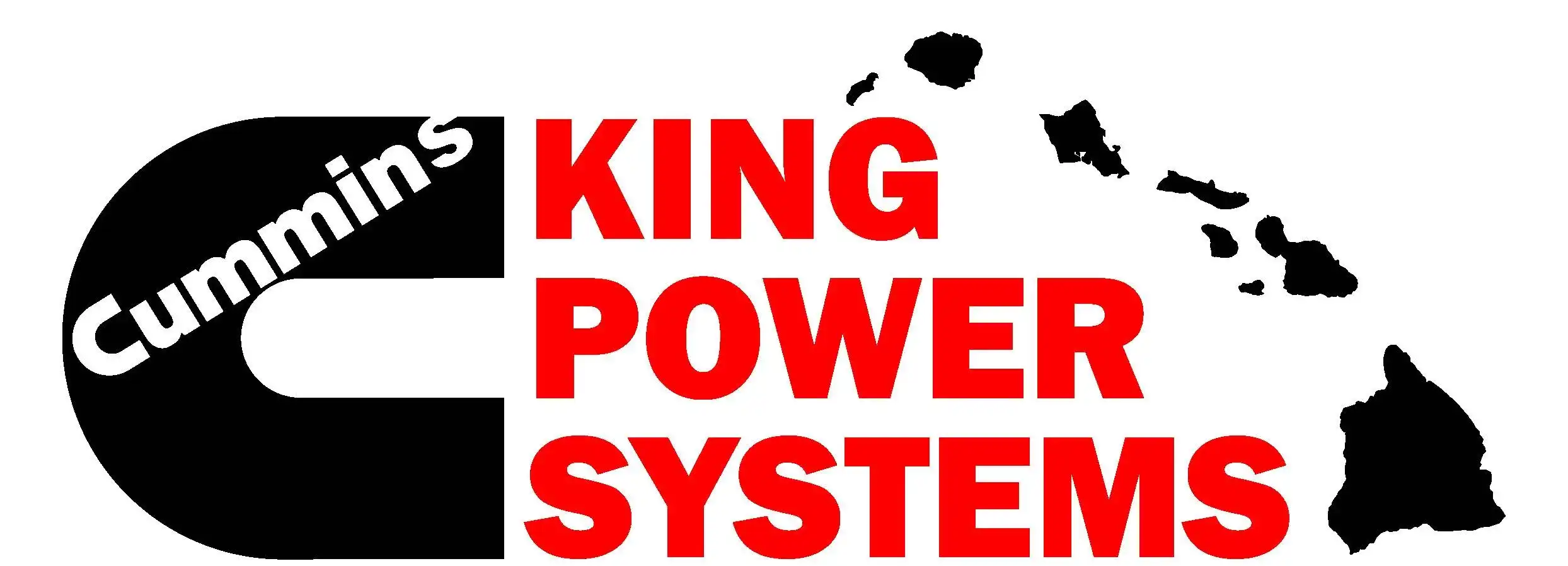Scientists to Study ʻMolokini Without Touristsʻ

Molokini. PC: Redline.
According to a 2007 report published in the scientific journal Ecological Applications, Molokini Marine Life Conservation District was considered the most effective marine protected area in Hawaiʻi1,2. However, during the past decade, Molokini’s ecosystem health has declined, likely related to pressures from intensive tourism at this mid-ocean reef system.
During this time of COVI D-19, when tourism is switched off and there are no tour boats or snorkelers at Molokini, there is a once-in-a-lifetime opportunity to study how human activity impacts marine life in the Molokini Marine Life Conservation District.
The question: now that there is no tourism, is the wildlife changing how it uses the reserve?
“Molokini Crater is one of the most dramatic natural areas in the main Hawaiian Islands, and harbors coral reefs as well as fishes, sharks, manta rays and other wildlife,” says Maui resident Russell Sparks, Aquatic Biologist, Department of Land and Natural Resources, Division of Aquatic Resources on Maui. “Under normal conditions, tourism activity is very high at Molokini, with diving and snorkeling boats visiting continually. Now, there is no tourism.”
“How have important species changed their use of Molokini’s reef habitats in the absence of tourism?” asks Sparks. “We now have the opportunity to find out.”
Led by Sparks, a small team of scientists with expertise in animal tracking, underwater survey methods, wildlife ecology and past Molokini research experience is hoping to answer this question.
The team of Hawaiʻi-based scientists has extensive experience with coral reef ecology and animal movement studies in the Hawaiian Islands:
Kevin Weng, Associate Professor at the Virginia Institute of Marine Science;
Alan Friedlander, Chief Scientist, Pristine Seas, National Geographic Society, and director of the Fisheries Ecology Research Lab at the University of Hawaiʻi. Friedlander has studied Molokini extensively and is the co-author of five research publications on Molokini conducted in collaboration with the Maui Division of Aquatic Resources.
Whitney Goodell, National Geographic Fellow and marine ecologist with the Fisheries Ecology Research Lab, University of Hawaiʻi.
The scientists plan to work at Molokini this summer (May and June) to conduct diver surveys of fishes and other wildlife. They will install a network of tracking receivers and tag animals with telemetry devices. Vessel activity will be counted using a time-lapse camera. This builds on previous work conducted by Friedlander’s lab in collaboration with the Maui Division of Aquatic Resources 1,2,3,4 and offers a unique opportunity to compare current conditions with a robust, existing baseline.
The local nonprofit Maui Nui Marine Resource Council is raising funds for the team of scientists to conduct this study. The organization has set up a GoFundMe page for this project here.
“Molokini is normally visited by 1,000 tourists every day and is one of the most visited marine protected areas in the world,” reports Robin Newbold, Co-founder and Chair of Maui Nui Marine Resource Council. “Many Maui residents are wondering what’s happening there now that the tourists are gone. We’re excited that these scientists have stepped forward to collect data relating to this important question.”
Newbold explains that the scientists are donating their time and resources for this study and have organized some parts of the expedition. However, they require support in a number of areas, since the urgent nature of the project has prevented the normal routes of science funding and planning.
The scientists have permits to travel and go to work immediately at Molokini. They have a boat and captain, science equipment and telemetry tags ready to go. They are now seeking funds for equipment transport, lodging for the three scientists, use of a car or a rental car, and financial support for supplies.
“On behalf of the scientists, we are asking for help from the community for this project,” says Newbold. “Perhaps you have a vacation rental that’s sitting empty or a car that’s not being used that you could share with the researchers.”
“We also welcome cash donations,” says Newbold. “100% of the donations collected by Maui Nui Marine Resource Council for this project will go directly to this research.”










